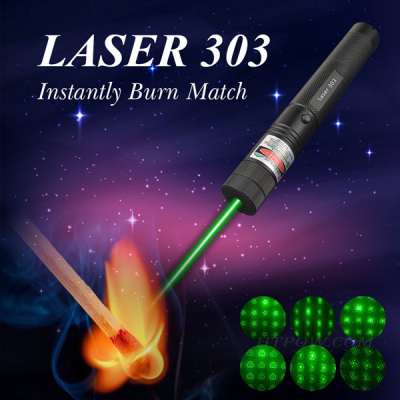Quantum cascade lasers can produce wavelengths in the range of 2-12 μm, and the volume is more compact, which has become an important tool in spectroscopy applications. However, many sensing and spectrally sensitive industrial and medical applications in the 8-12 μm long-wave infrared band require higher power, better spectral purity, excellent coherence, and stable spatial modes, which only CO2 lasers can do achieve.
In addition to technical challenges, China's expanding laser pointer industry has also led to lower prices. Standard CO2 lasers are rapidly being commercialized, and entry barriers and profits are rapidly decreasing. Three years ago, a Chinese company purchased a US-made 30W CO2 laser for $4,500; now, domestically produced CO2 lasers enter the market, bringing the price down to $2,000.
These factors mark the end of the era of "price per watt"; in the era of price per watt, the company produces lasers with a specific average power that can be used in multiple fields, and the price is proportional to the wattage. With this strategy, some highly successful companies such as Synrad, Coherent, and Rofin can provide CO2 laser series with power ranging from a few watts to tens of thousands of watts, which also makes CO2 lasers in plastic processing plants, dental clinics, mobile phone assembly lines, etc. The field has been widely used.
Although the competition for CO2 lasers as a "one-size-fits-all solution for all uses" has ended, with the emergence of new material processing and increasingly stringent industrial and scientific research and processing requirements, these require new dedicated lasers, which require real lasers The value proposition has a deeper technical understanding and requires a completely different way to manufacture and promote CO2 lasers. CO2 lasers are responding to these new challenges.
In terms of manufacturing, this new model needs to adjust various indicators of CO2 lasers to closely match the specific needs of customers. In terms of the market, from the previous average power and "value-per-watt" value proposition, it has been transformed into customized solutions for customers. According to specific materials and application needs, the laser pulse shape, peak power, dedicated wavelength and stable operation are designed. Sex.
When trying to expand Moore's Law, CO2 lasers are considered to be the best tools for generating extreme ultraviolet (EUV) radiation by laser-generated plasma (LPP). This 13.5nm EUV light is generated by evaporating molten droplets of tin. For this application, other lasers such as Nd:YAG have also been tested, and the results show that they are less efficient at producing optically thin plumes with higher speed and high quality plasma properties, because tin has a higher exposure to CO2 lasers Reflectivity.
In order to produce EUV light, CO2 lasers need to provide a series of 10.6μm wavelength, nearly perfect optical quality, high speed and the same pulse, with the cleanliness, accuracy and repeatability required by the semiconductor industry. In order to meet these strict requirements, all processes of the CO2 laser used for EUV, from raw material processing to final testing, are completely performed in a clean room of ISO Class 7 level. Each green laser pointer passes the 12-hour continuous power-on test, which fully meets the test specifications, because any deviation may cause thousands of semiconductor chips to fail.

